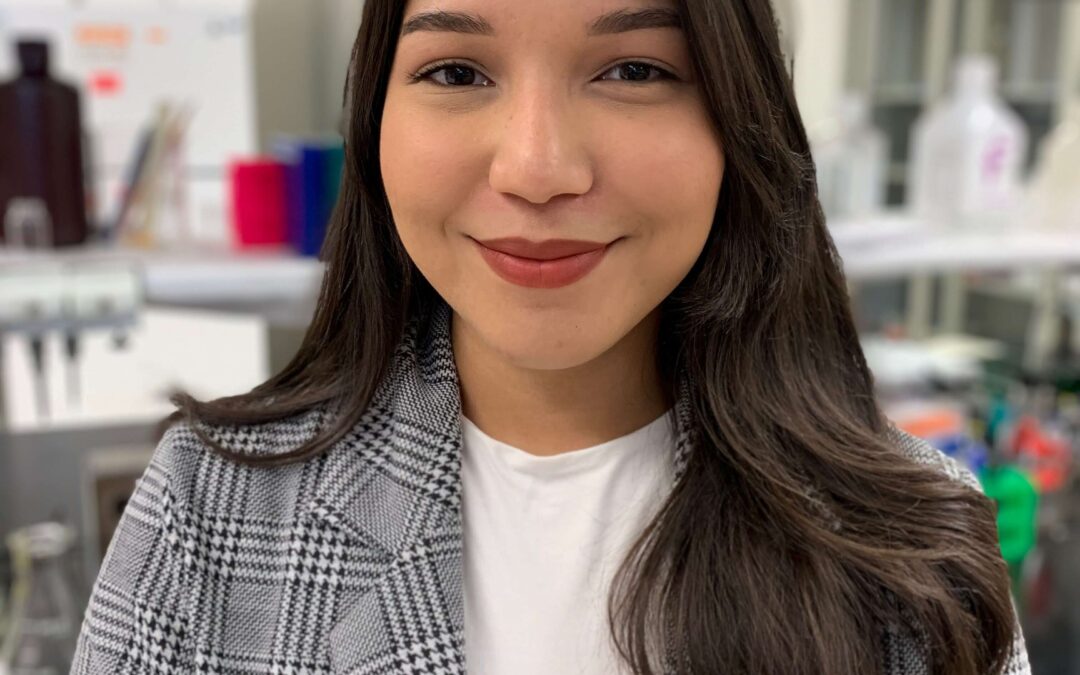Ashlie Santaliz-Casiano, Division of Nutritional Sciences, Tissue Microenvironment Program, 2020 Cohort
What does your educational path look like?
I grew up in Mayagüez, Puerto Rico. I am a product of both in public and private education system on the island. I completed my bachelor’s degree in Biology in 2017, from the University of Puerto Rico, Mayagüez. (UPRM).
What sparked your interest in science / technology / cancer research?
I’ve always been interested in a career where I would need to identify, solve a problem and design how I would do that. My first spark, I wanna say was when I was in elementary school: I would watch CSI with my dad, and I remember wanting to be the person that did DNA tests.
How has being in the TiMe program helped you grow?
I’ve met amazing scientists in the TiME program, and I want to start mentioning my cohort. Connecting with them, and learning from my peers, their creative process on solving scientific problems, as well as discussing common challenges that we might encounter is eye-opening.
What kind of research are you working on? What is something that most people might not know about your work?
I am working on understanding breast cancer aggressiveness using novel 3D metastatic models in the context of health disparities.
What is your favorite part about working with your lab?
My favorite parts are designing experiments and communicating science. In my lab, one of my favorite things is the team work culture that we have. We all have independent projects, and we all learn new things from each other’s project, but they intertwine in a way that makes everything very cohesive and smooth to work together.
What sort of impact will your research have on society?
My research will have an impact on the lives of African American women suffering from aggressive types of breast cancers and their outcomes. We are getting insight on mechanisms activated in the tumors of these patients, and how that is linked to their response to endocrine-based therapy, and the association with the disparity in their mortality rates, which to date, very few studies have focused on.
What is your favorite project that have you worked on in the past?
My favorite project so far was when we first introduced different metastatic sites 3D and 2D to understand how cells rewire their metabolism and how their energetics change according to different sites during endocrine therapy resistance. This work was lead by a former lab member and is now published in Cancers.
What does the future look like for you / your lab?
In the long term, I will continue working on developing innovative tools that mimic realistic disease models, emphasizing race groups that are currently not well studied.
Is there anything else you would like us to know about you?
When I am not in lab (or working from home), I enjoy playing Animal Crossing on my Nintendo Switch, playing classical guitar, reading, working out, and catching up with family and friends.
When you were young, what did you want to be when you grew up?
When I was young, I knew I wanted to be some kind of investigator; I just didn’t know the specifics. I went from wanting to be a detective, a doctor, and then finally a scientist. I think I always knew, I just had to navigate my way into the field to further understand that I could “investigate” diseases. At one point, I wanted to study music.

